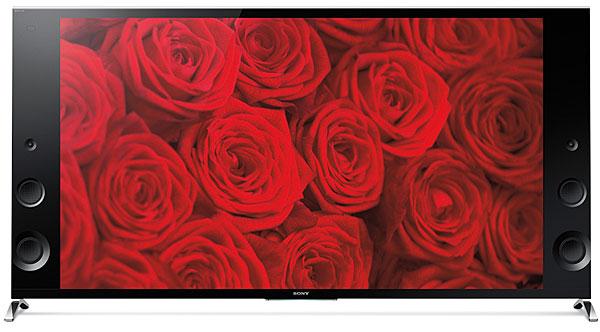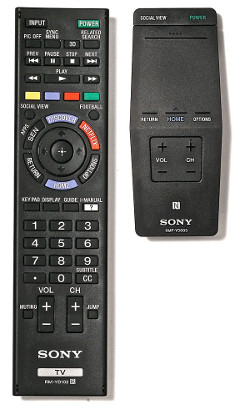Glad to read this review and my hunch was correct on the contrast level.
A few months ago, I have seen this TV at my local Best Buy Magnolia Showroom. They were demoing the same 4K source material that wowed Edward Norton. And what immediately struck me was the black levels!!
Even without direct comparison to the Panasonic ZT Plasma TV, I knew that it had finally reached the same amount of contrast ratio! Thank you, Edward for making my assumptions into reality!
These TVs are a forced to be reckoned with. It still shows, Sony is not ready to thrown down it's gauntlet, yet!





























































